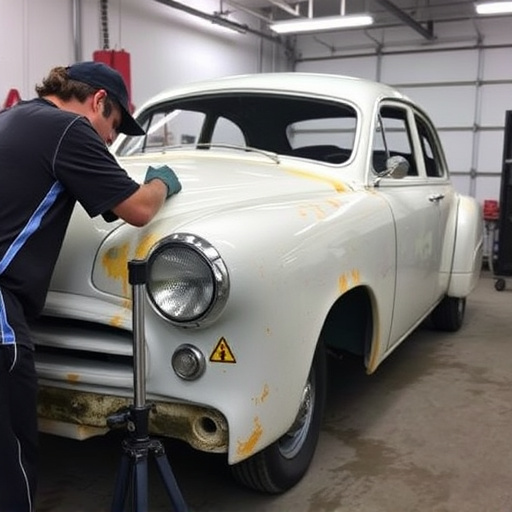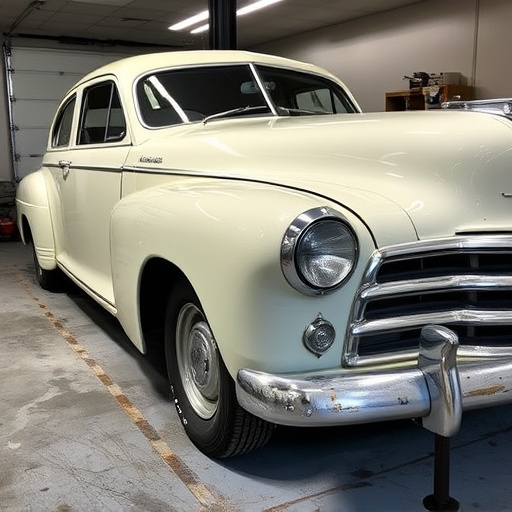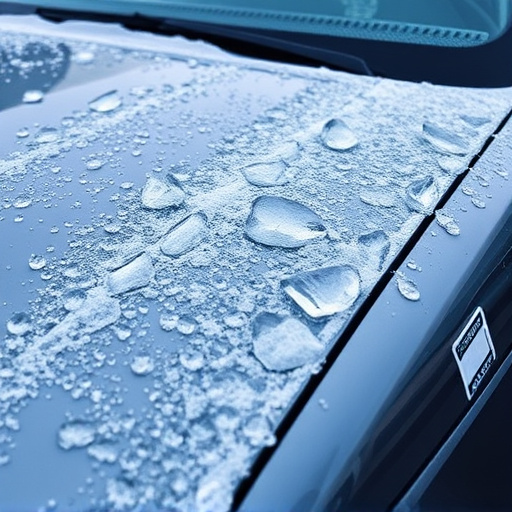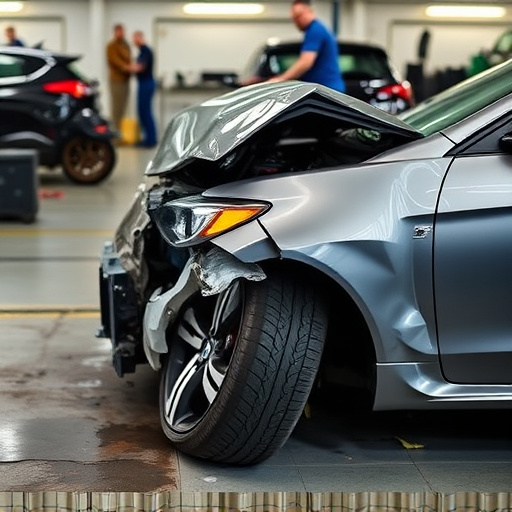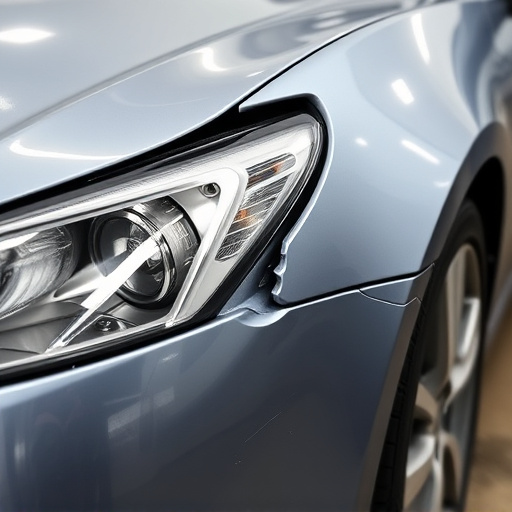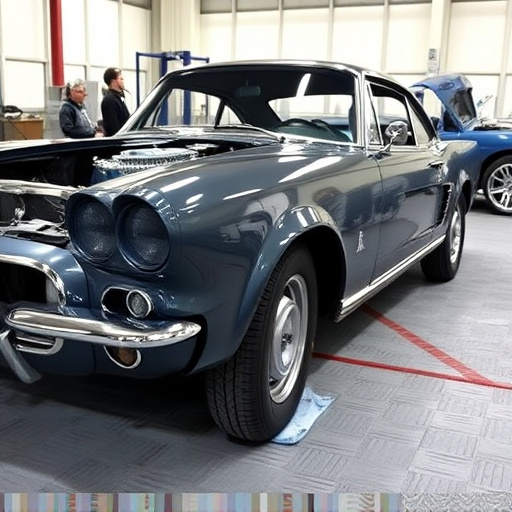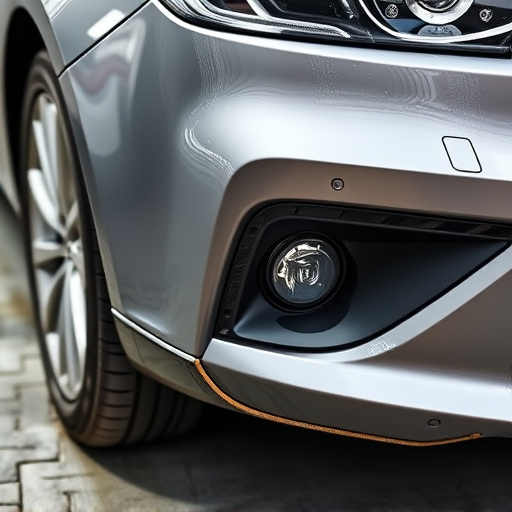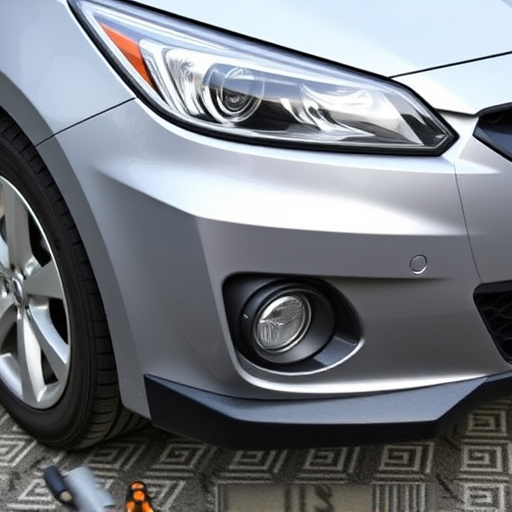Auto glass repair involves understanding two main types—laminated and tempered glass—with distinct properties and repair methods. Technicians assess damage, remove and replace glass as needed, using industry-standard adhesives and preserving vehicle structural integrity. Choosing certified professionals ensures safe, effective repairs with long-lasting results for enhanced vehicle safety and aesthetic appeal.
Auto glass repair is a critical safety measure, ensuring your vehicle’s structural integrity and protecting against potential hazards. This article delves into the key elements of safe auto glass repair procedures. We’ll explore different auto glass types and their vulnerabilities, outline a comprehensive step-by-step repair process, and emphasize quality assurance by highlighting the importance of choosing certified professionals for long-lasting results. By following these guidelines, drivers can navigate repairs with confidence, ensuring both safety and peace of mind on the road.
- Understanding Auto Glass Types and Their Vulnerability
- Step-by-Step Safe Repair Process: From Assessment to Installation
- Quality Assurance: Choosing Certified Professionals for Longevity
Understanding Auto Glass Types and Their Vulnerability

Auto glass, a vital component of modern vehicles, comes in various types, each with unique properties and vulnerabilities. From laminates to tempered glass, understanding these differences is crucial for effective auto glass repair. Laminated glass, commonly found in windshields, consists of multiple layers, making it highly impact-resistant. Its interlayer bonding provides structural integrity, preventing shattering into sharp fragments when damaged. In contrast, tempered glass, used in side windows and rearview mirrors, breaks into small, non-sharp pieces upon impact, reducing the risk of injury.
Recognizing these variations is essential for technicians at an auto collision center as it dictates the repair approach. Proper car body restoration involves specialized techniques tailored to each glass type. For example, damaged tempered glass might require heat treatment or replacement, while laminates may only need a crack repair or replacement if severely compromised. Timely and accurate identification of the issue ensures safe and effective autobody repairs, enhancing vehicle safety and aesthetic appeal.
Step-by-Step Safe Repair Process: From Assessment to Installation
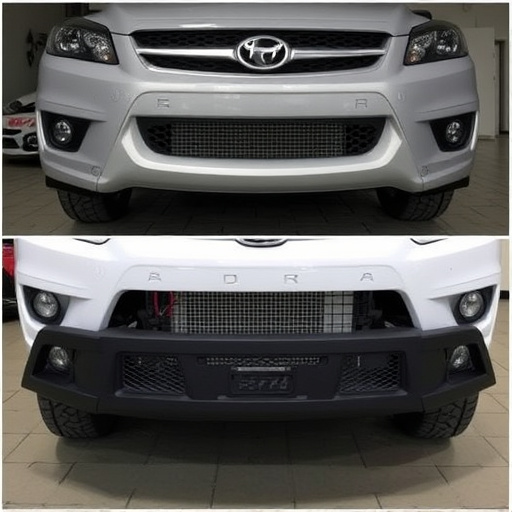
The process of safe auto glass repair involves a meticulous series of steps designed to ensure both structural integrity and safety. It begins with an assessment of the damage, where experienced technicians examine the cracked or broken glass, assessing its extent and potential impact on the vehicle’s overall safety. This critical step is crucial in determining the course of action, whether it’s a simple chip repair or a complete replacement.
Once the assessment is complete, the actual repair process commences. The technician carefully removes the damaged glass, taking precautions to prevent sharp edges from causing further harm. They then prepare the surface, ensuring it’s clean and free from debris. This meticulous preparation is key to achieving a secure bond between the new glass and the vehicle’s structure. The installation involves precise alignment and securement of the replacement glass, often utilizing advanced adhesives and sealing agents that meet industry standards for safety and durability. Throughout the process, emphasis is placed on adhering to best practices in car collision repair, ensuring not just effective auto glass repair but also comprehensive car bodywork services tailored to each unique incident.
Quality Assurance: Choosing Certified Professionals for Longevity
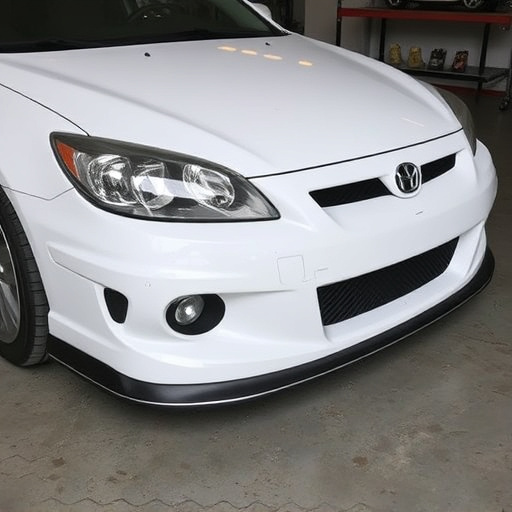
Choosing certified professionals for your auto glass repair is a crucial step in ensuring longevity and safety. Quality assurance should be at the forefront of any vehicle body shop’s priority, especially when dealing with car body repairs that impact the structural integrity of your vehicle. Look for technicians who are not just trained but also certified by recognized industry bodies. These professionals adhere to strict standards and guidelines, guaranteeing a high-quality repair that meets or exceeds manufacturer specifications.
This level of expertise translates into enhanced safety features. Certified auto glass repair specialists have the knowledge and skills to handle complex repairs, ensuring proper alignment and adherence to safety regulations. They use advanced equipment and techniques, including specialized tools and precision measurement devices, to replace auto glass without compromising structural integrity. This meticulous approach extends the life of your vehicle’s body panel, making it a reliable choice for long-term investment in your car or truck’s overall condition.
Auto glass repair is not just about fixing cracks or chips; it’s ensuring the safety and integrity of your vehicle. By understanding different auto glass types, following a meticulous step-by-step repair process, and prioritizing certified professionals for the job, you can guarantee long-lasting solutions that meet both safety standards and quality expectations. These key elements are essential in navigating the world of auto glass repair, ultimately fostering peace of mind on the road.

